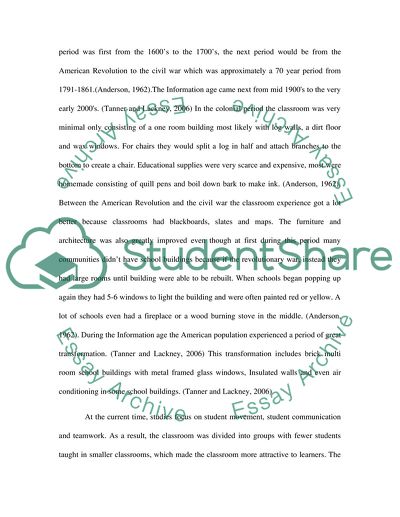Cite this document
(“Classroom of the future Essay Example | Topics and Well Written Essays - 1500 words - 6”, n.d.)
Retrieved from https://studentshare.org/english/1665565-editing
Retrieved from https://studentshare.org/english/1665565-editing
(Classroom of the Future Essay Example | Topics and Well Written Essays - 1500 Words - 6)
https://studentshare.org/english/1665565-editing.
https://studentshare.org/english/1665565-editing.
“Classroom of the Future Essay Example | Topics and Well Written Essays - 1500 Words - 6”, n.d. https://studentshare.org/english/1665565-editing.


